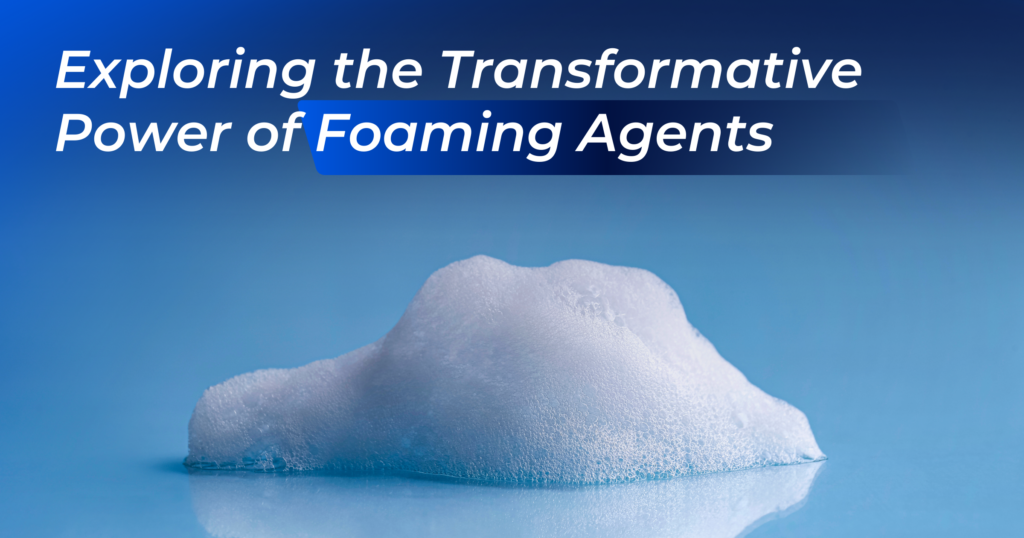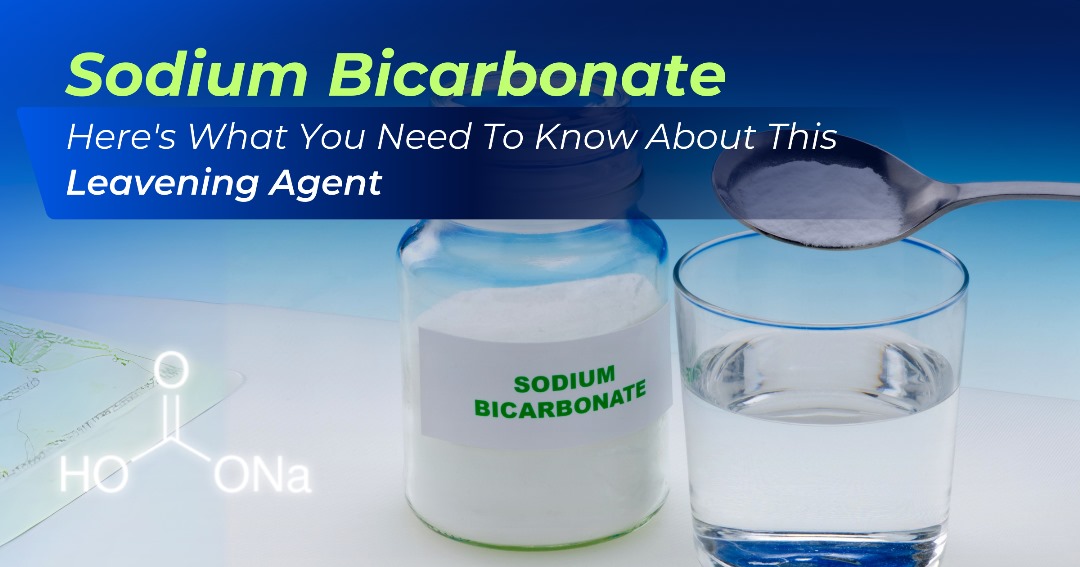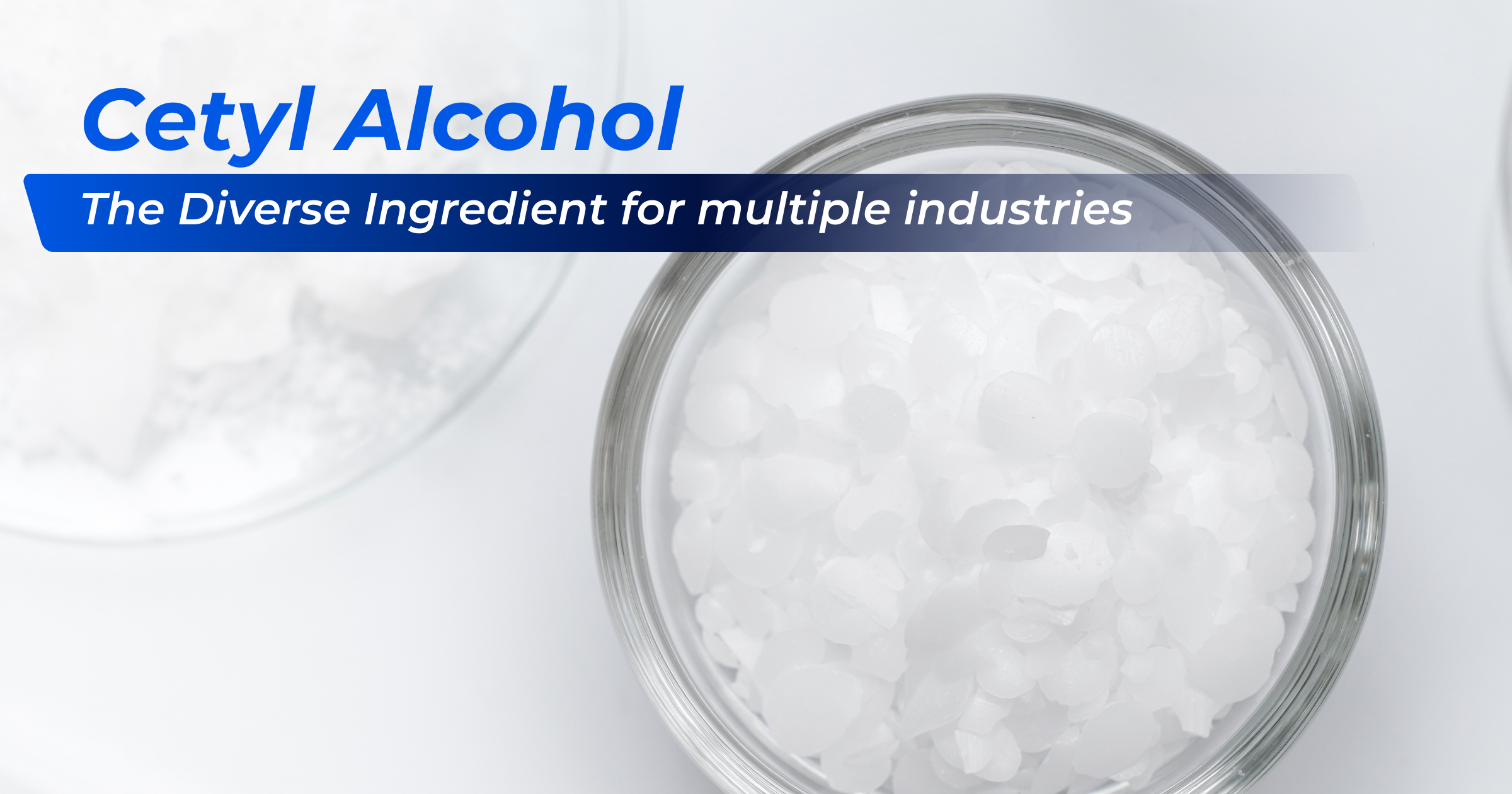
Foaming agents are materials added to liquids or solids to form a foam for specific applications and processes. These agents are crucial in various industries because they provide beneficial properties and effects. By creating bubbles and air pockets in materials, foaming agents can drastically alter density, insulation, buoyancy, texture, consistency, and flow patterns.
Foams introduce gas into liquid or solid substances as tiny bubbles. This transforms the macro-properties and gives materials new characteristics essential for specific manufacturing techniques and end-products. Foaming is commonly used in plastics, polymers, food, beverages, personal care, paints, construction, textiles, paper, and more.
Foaming agents allow manufacturers to create foamed versions of all kinds of materials. For example, plastic foams like expanded polystyrene or polyurethane are indispensable as lightweight packaging materials. Metallic foams with metal alloys have superior strength and heat resistance for high-temperature applications. Even ceramic materials are foamed to make them more resistant to fracture and heat while remaining lightweight.
This article will briefly explore everything you need to know about foaming agents. So, get ready to learn.
What are Foaming Agents?
Foaming agents, also known as blowing agents, introduce gas bubbles into materials, giving them an aerated structure. This results in the formation of foam or a cellular system.
The main chemical components in foaming agents that facilitate foaming are:
- Surfactants contain hydrophobic groups (repel water) and hydrophilic groups (attract water). Typical surfactants are sodium lauryl sulfate, ammonium lauryl sulfate, and sodium laureth sulfate. Surfactants reduce surface tension and help stabilise the bubbles.
- Humectants are hygroscopic substances that help retain moisture. Examples are glycerol, sorbitol, and propylene glycol. Humectants prevent the foam from drying out.
- Film Formers are Polymers that form a thin film around bubbles to reinforce them. Common film formers are acrylates/C10-30 alkyl acrylate cross polymers, xanthan gum, and carbomers.
The foaming action occurs due to the ability of surfactants to lower surface tension at the air-water interface, allowing air bubbles to be stabilised within the liquid solution. Gas can be mechanically mixed or chemically generated in situ to create the bubbles. Humectants and film formers help maintain the foam structure over time.
Applications of Foaming Agents
Foaming agents are crucial in the food industry, used to create airy textures in products like whipped cream, mousses, soufflés, and ice cream. They incorporate air into the food, with common agents including egg whites, gelatin, and surfactants like sodium lauryl sulfate. These bubbles help retain a light, foamy texture.
In personal care products such as shampoos, body washes, and facial cleansers, foaming agents generate rich lather and aid in gentle cleansing. Typical surfactants include Cocamidopropyl betaine and sodium laureth sulfate. The foam enhances user experience and helps distribute the product effectively on skin and hair
The manufacturing industry employs foaming agents in producing foamed plastics, rubbers, and other cellular materials. Agents like azodicarbonamide initiate foaming, trapping gas bubbles in hardened polymers. This creates lightweight, insulating materials for applications like foam insulation sheets and padding, with tailored density and performance properties.
Global Foaming Agents Market
The global foaming agents’ market was valued at USD 3.78 billion in 2020 and is projected to reach USD 5.14 billion by 2028, registering a CAGR of 3.7% during the forecast period. Some major factors driving growth in this market include the increasing use of foaming agents in a wide range of end-use industries such as building & construction, food & beverage, textile, pharmaceutical, and personal care & cosmetics.
Asia Pacific is the largest and fastest-growing regional market for foaming agents. Due to its huge construction, manufacturing and processing industries, China is a significant producer and consumer of foaming agents. The construction boom in emerging economies such as India, Thailand, Indonesia, and Vietnam also contribute to market growth.
North America and Europe are mature markets, but they still hold a significant share in global revenues. The market is moderately consolidated, with a few multinational companies dominating the landscape. The Dow Chemical Company, BASF SE, Clariant AG, Huntsman Corporation, and Solvay SA are the top companies in this market. Product innovation, strategic partnerships, and expansion in high-growth regions are the key strategies these players adopt to strengthen their foothold.
Foaming Agents in Africa
According to research, the foaming agents’ market in Africa was valued at USD 340 million in 2021 and is projected to reach USD 510 million by 2027, growing at a CAGR of 6% during this period. The rapid pace of industrialisation across Africa has increased its demands, especially with a thriving packaging industry.
Additionally, population growth and abundant raw materials for foaming agent has given African manufacturers a competitive advantage with local production gradually increasing to cater to the domestic demand.
South Africa, Egypt, Morocco and Nigeria are significant producers. Furthermore, as manufacturing activities rise to serve the needs of Africa’s growing consumer base, the market is projected for 5% growth in global consumption input, making it an essential market for producers worldwide.
Nigeria is among Africa’s fastest-growing foaming agent markets, driven by construction, oil and gas, and manufacturing. Valued at over $50 million in 2021, the market is projected to grow at a 6% CAGR from 2022 to 2027, fueled by urbanization, population growth, and industrialization.
Construction accounts for over 40% of foaming agent demand, with applications in polyurethane rigid foams for insulation panels and spray foams. Polymer foams are also essential, used in automotive, packaging, electronics, and footwear industries for cushioning, insulation, and lightweight solutions.
In oil and gas, foaming agents play a crucial role in cementing, drilling, and stimulation fluids, with expanding exploration activities driving demand. While 30% of Nigeria’s foaming agents are produced locally, the rest is imported, with global suppliers maintaining a strong presence.
As critical sectors grow, Nigeria’s demand for foaming agents will rise, presenting opportunities for local production to offer cost-effective solutions across industries.
Growth Trends and Future Outlook
The global foaming agents’ market has seen robust growth, driven by sectors like construction, packaging, and consumer goods. Projected to reach $3.2 billion by 2025, with a 5.2% CAGR from 2020, key growth factors include urbanization in emerging economies and increased disposable incomes.
Innovations include eco-friendly, bio-based agents and nanotechnology-enabled products. In Africa, rapid urbanization fuels demand, with Nigeria emerging as a key market, projected to grow over 8% CAGR by 2025.
Health and sustainability trends are shaping formulations, with a focus on plant-based and biodegradable options. Local resources offer opportunities for tailored solutions meeting regional needs.
Benefits and Impact of Foaming Agents
Foaming agents can significantly transform manufacturing and industrialization in Africa through various benefits:
- Cost Savings: By reducing the raw materials needed in production, foaming agents can cut material costs significantly, potentially lowering plastic expenses by 20-50% through the use of foamed plastics and polymers.
- Sustainable Manufacturing: They facilitate the creation of products with less material, minimizing waste and promoting eco-friendly manufacturing practices.
- Lightweighting: Foaming agents enable the production of lightweight products without compromising strength, enhancing transportation efficiency and reducing fuel consumption.
- Energy Savings: Foamed materials improve insulation, which can lower energy costs in buildings and appliances by up to 30% through effective heating and cooling efficiency.
- Supports Industrialization: Their use promotes advanced manufacturing techniques, aiding industrialization by enabling production scale-up and automation.
- Drives Competitiveness: The cost savings and enhanced properties of foamed materials provide African manufacturers with a competitive edge in global markets.
- Enables Job Creation: The growth of industries utilizing foaming agents fosters employment opportunities in manufacturing, research and development, engineering, and related services, contributing to economic development.
Foaming agents provide a powerful lever for enhancing manufacturing efficiency, productivity and innovation in Africa. Their benefits span reduced costs, energy savings, sustainability and increased competitiveness. By enabling transformative manufacturing techniques, foaming agents can be crucial for supporting industrialisation across Africa).
Enabling African Economies
Foaming agents offer significant potential to boost manufacturing and economic development across Africa. Foaming agents can facilitate industrialisation and infrastructure building by enabling more efficient production of crucial materials like plastics, rubber, and insulation.
Several African nations have already seen success harnessing foaming agents. In South Africa, foaming agents have optimized tire production and supported large-scale housing projects. Ethiopian footwear producers use foaming technologies for durable soles, boosting the local shoe industry.
Nigerian manufacturers incorporate chemical foaming agents in mattresses, pillows, and furniture to meet rising demand, while Kenya’s soap industry relies on foaming agents like sodium lauryl sulfate for desired lathering effects.
As investment in manufacturing expands across Africa, foaming agents present immense potential. Optimising foam production processes and material specs can pave the way for further economic development. With sound policies and research, African nations can harness foaming agents as a catalyst for building prosperous manufacturing sectors.
Wrapping up…
Imagine a world where tiny, dancing bubbles unlock Africa’s potential—a world where foaming agents reshape not just textures but destinies. This is the transformative power of genuine industrialisation.
It’s a power felt in the rustle of wind through new factories and the clink of eager hands. The years ahead are crucial, and it’s up to all stakeholders, especially governments, to lead this change.
Let governments craft policies that nurture innovation and build inspiring infrastructure. Entrepreneurs must become alchemists, turning ideas into realities. Educators should be midwives, delivering knowledge to shape tomorrow’s leaders.
Together, we the people must be the voice of reason, rising to demand action.
So, let us dream of bubbles and build a thriving future for Africa. The time for action is now. Let the transformation begin. Thank you for reading; we hope you learned something valuable!





